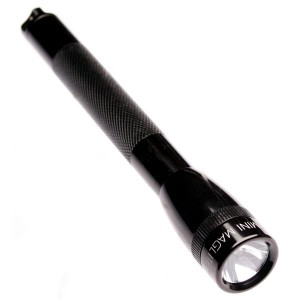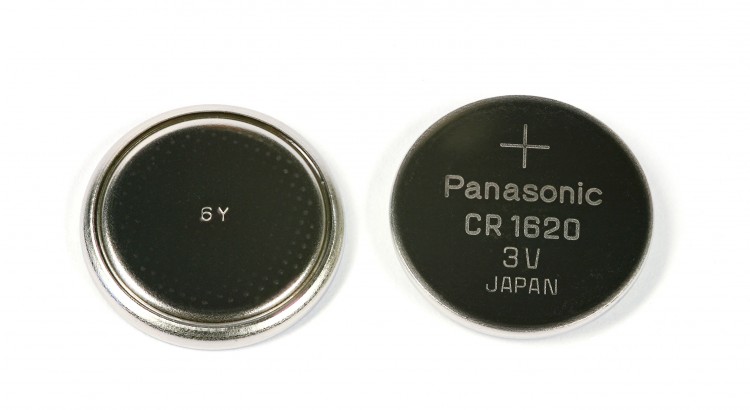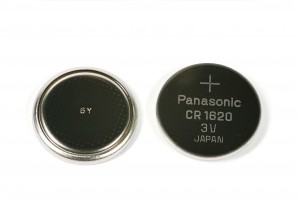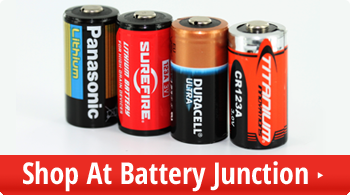 These days compact LED flashlights are taking over as many people’s primary EDC, but back in the day the Maglite was where it was at. They were big, bright for their time and it just felt good having a hefty baton that could easily double as a self defense tool in your hand. And while the Maglite brand has moved on and released LED versions of their most popular models, wouldn’t it be nice to upgrade you old faithful flashlight? Well now you can!
These days compact LED flashlights are taking over as many people’s primary EDC, but back in the day the Maglite was where it was at. They were big, bright for their time and it just felt good having a hefty baton that could easily double as a self defense tool in your hand. And while the Maglite brand has moved on and released LED versions of their most popular models, wouldn’t it be nice to upgrade you old faithful flashlight? Well now you can!
Month: February 2015

Coin Cell Battery: CR1620

With so many batteries out there to choose from, which do you go with? For one, you should always read the manual of your application. A lot of users tend to rip open the package and go directly for the On button. There is valuable information in those manuals, you know, like what kind of batteries are used. There are a variety of sizes, chemistries, and voltages that can narrow down your selection.
Button cell batteries, also known as coin cells, offers small size and are commonly used to power small portable electronic devices. With low self-discharge rates, button cells are reliable and last a long time. Most button cells used today are non-rechargeable and must be replaced, though, they tend to hold their charge for a long time, if not used. With a shelf life of up to 10 years, you might as well stock up and never have to worry. You can source button cell batteries just about everywhere, your local supermarket, pharmacy, electronic store, or better yet, BatteryJunction.com!
The CR1620, a 3 volt lithium coin cell is light weight, reliable and will provide a long operating life. Some applications that use CR1620 button cells include medical implants, watches, hearing aids, car keys, calculators, scanners and certain flashlights. As you can see, button cell batteries are used in a variety of electronics. Something to note, when shopping for coin cells, many manufacturers apply their own part number to the coin cell. A variety of names are used, such as DL1620, ECR1620, BR1620, and so forth.
FUN FACT: Cells less than one centimeter in height are assigned four-digit numbers, where the first two digits are the diameter in millimeters, while the last two digits are the height in tenths of millimeters.

